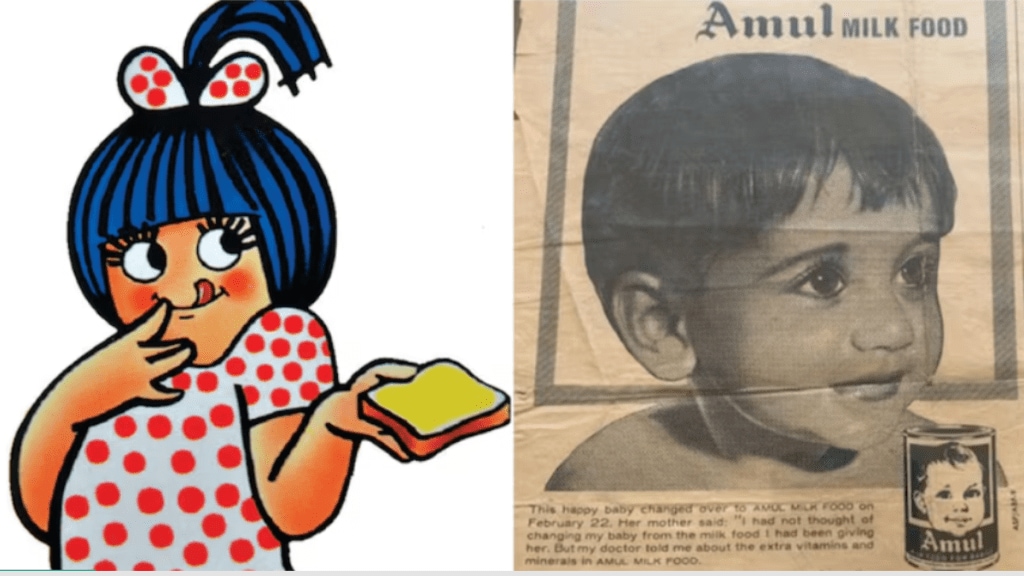A viral social media claim suggesting that the iconic Amul Girl was inspired by Shobha Tharoor Srinivasan, sister of Congress MP Shashi Tharoor, has sparked a wave of curiosity online. The dairy brand, however, has now dismissed the speculation, calling it “incorrect.”
The controversy began after marketing consultant Dr. Sanjay Arora posted a video on Instagram, alleging that the famous blue-haired character in a red polka-dotted dress was based on a childhood photograph of Shobha Tharoor. The post quickly went viral, amassing over 1.8 million views and prompting a response from Shobha herself.
The claim: Tharoor sisters as Amul babies
According to Arora’s reel, Amul’s then-advertising head Sylvester daCunha sought inspiration for a mascot in the 1960s to rival Polson Butter’s popular ‘butter girl.’ The video claimed that after reviewing over 700 child photographs, DaCunha turned to his friend Chandran Tharoor, asking for pictures of his children. Allegedly, a photo of 10-month-old Shobha stood out and became the reference point for the mascot.
Shobha Tharoor, now a children’s author and voice artist in California, acknowledged her family’s early association with Amul. Writing on X (formerly Twitter), she said, “Yes, I was the first Amul baby… My sister Smita was in the second colour campaign. But whether I inspired the Utterly Butterly girl, I cannot say.” She also confirmed that her childhood photographs for the brand were taken by renowned filmmaker Shyam Benegal.
Amul’s official stand
Amul moved swiftly to clear the air, stating that the widely shared claim was unfounded.
“We wish to clarify that the Amul Girl illustration is not influenced by Ms. Shobha Tharoor. She was created by Mr. Sylvester daCunha and illustrator Mr. Eustace Fernandes,” the brand said in an official statement.
Introduced in 1966, the Amul Girl was conceived as a cheeky counterpoint to Polson’s demure mascot. The character went on to front the ‘Utterly Butterly Delicious’ campaign, one of the world’s longest-running advertising series, cementing its place in India’s cultural history. While the Tharoor sisters did feature in early Amul ads, the blue-haired cartoon remains a purely creative invention, not a portrait of any real-life child.

